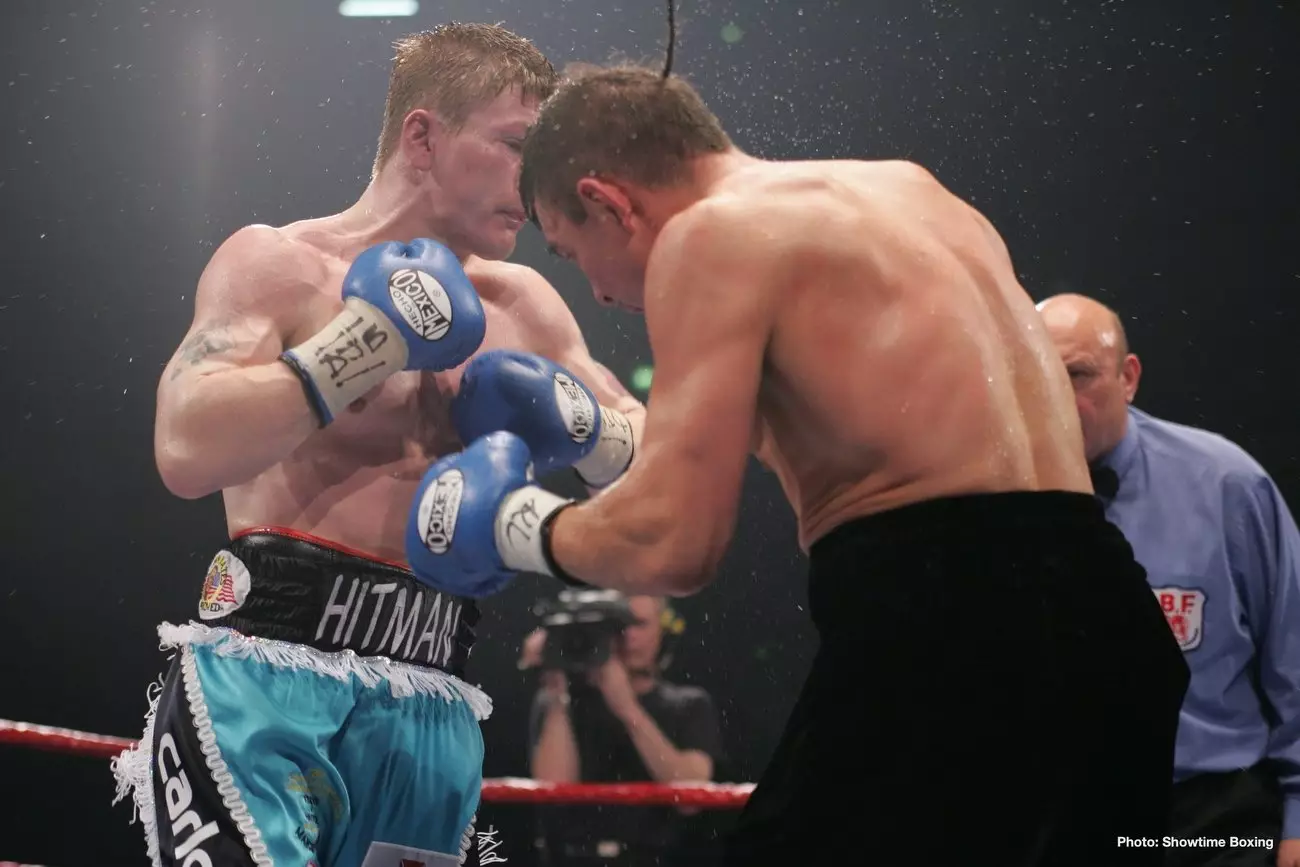Ricky Hatton’s imminent return to the boxing ring is stirring a mixture of excitement and skepticism among fans and critics alike. At 46 years old, the British icon appears to be driven by an unwavering passion for the sport, despite the long hiatus since his last professional outing. His planned fight against Eisa Aldah, a trailblazing Gulf pro boxer, signals a desire not just for nostalgia but for a meaningful comeback—one that could redefine his legacy. Yet, this decision raises several questions about age, physical readiness, and the true motivations behind his return. Is Hatton genuinely chasing greatness once more, or is he succumbing to the addictive allure of boxing’s adrenaline rush?
The fact that the bout is reportedly sanctioned rather than an exhibition lends gravity to this comeback. It suggests that Hatton is willing to risk more than just his reputation; he’s prepared to stand in the ring under official rules, which inherently increase the physical and mental stakes. While older fighters returning to competition is not unprecedented, it remains a high-stakes gamble. The shadow of injury looms large, especially considering Hatton’s recent mishap—injuring his eye at an Oasis gig—which adds a layer of unpredictability. Fans are naturally curious yet cautious: can a fighter whose prime was over a decade ago still bring formidable skills, or will age diminish his once-ferocious prowess?
Legacy and Reality: What Could a Comeback Really Mean?
Hatton’s prime was characterized by relentless pressure, exceptional stamina, and gritty determination. His fights, including the memorable victory against Paulie Malignaggi, showcased a fighter at the top of his game. However, his last professional fight in 2012 ended in a disappointing stoppage against Vyacheslav Senchenko, with Hatton himself admitting, “It’s not there any longer.” This candid reflection underscores how much time has passed since he truly competed at the highest level.
Returning to the ring at this stage of his life is a stark deviation from typical boxing narratives. Unlike fighters who hang up their gloves only to return after a brief hiatus, Hatton’s action feels more personal—an emotional pursuit fueled by unfinished business or a longing for the ring’s adrenaline. But the question remains: can his body handle the rigors of professional boxing again? Or is this merely an illusion, a nostalgic ride for fans eager to relive the past? The truth lies somewhere in between. Hatton’s passion is undeniable, but boxing is an unforgiving sport where youth, speed, and reflexes often determine success.
For the broader boxing community, Hatton’s planned return acts as a compelling reminder of the sport’s addictive nature. Fighters sometimes chase the fire of their prime, unable to resist the siren call of competition. Whether this move signifies a genuine second wind or a final hurrah depends on his preparation, physical condition, and mental resolve. Ultimately, Hatton’s story isn’t just about boxing; it’s about the enduring human desire to test oneself, regardless of age or time passed. Whether this comeback becomes a triumphant chapter or a cautionary tale, it will certainly ignite conversations about legacy, resilience, and the limits of the human body.


Leave a Reply